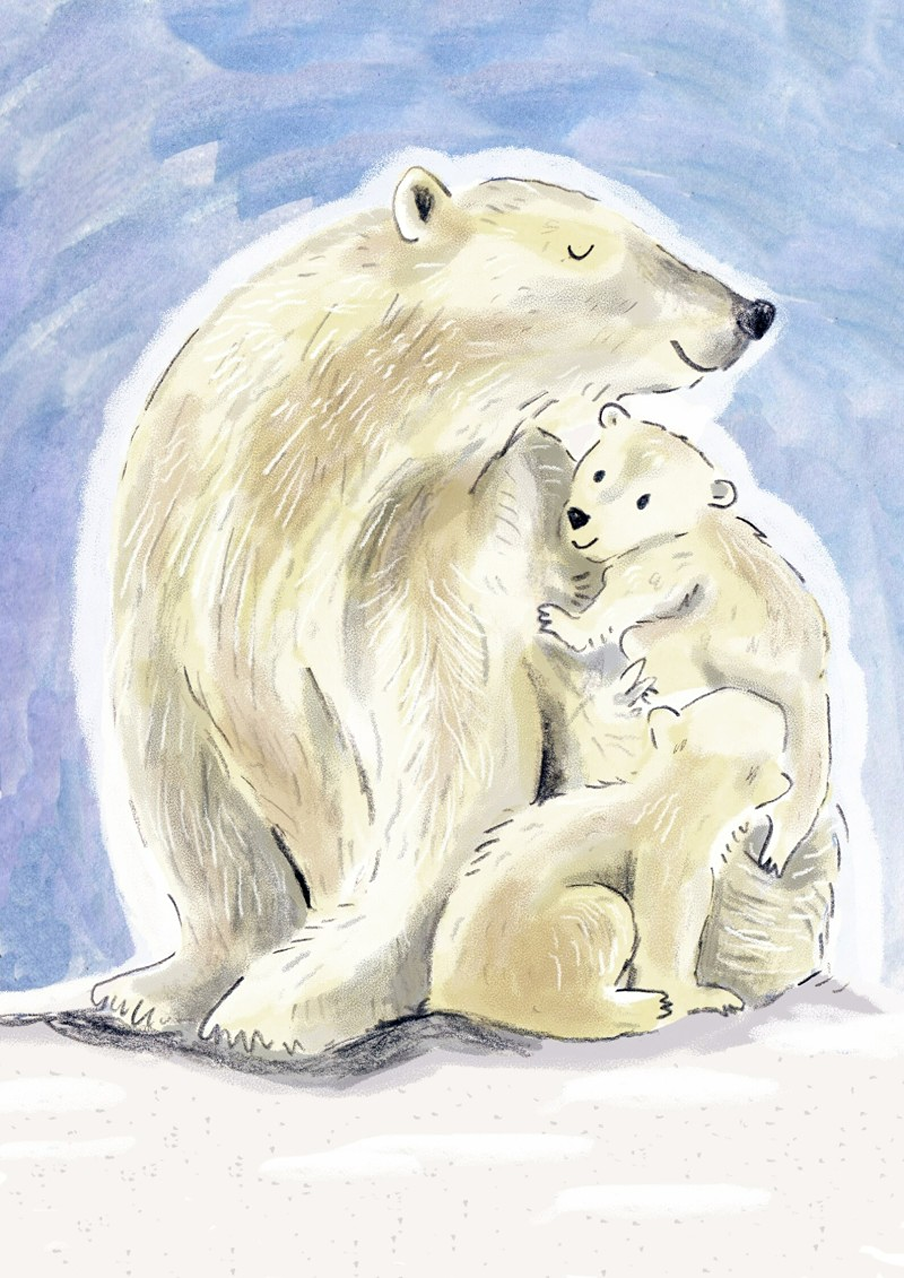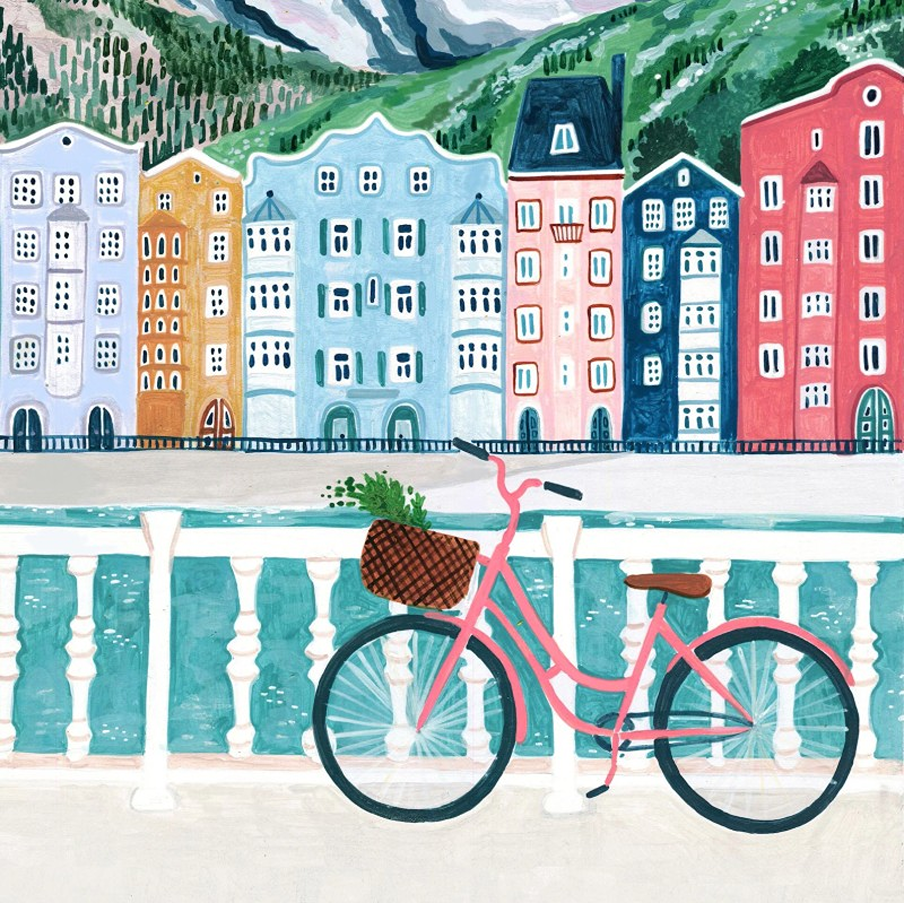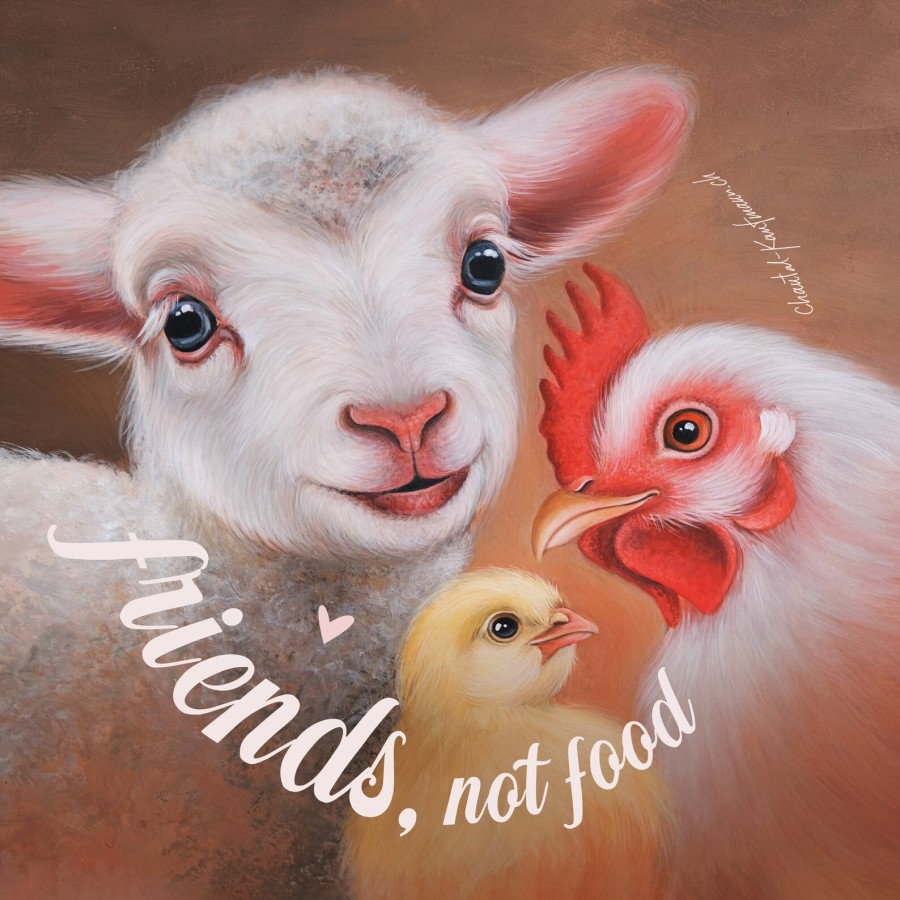How to Conserve Endangered Species (without zoos)

Visiting animal zoos might feel like a harmless day out, but there’s a bigger story behind the fences and glass. Many zoos promote themselves as havens for animals and sources of education, yet the lives of animals inside often look nothing like what people imagine.
When you understand the real impact zoos have on animals, your view changes. Here are the main reasons why staying away from animal zoos is the kinder choice.
Read our post on how to save endangered species.
Also read our post on reasons to never visit tourist aquariums.
Kate on Conservation writes how in the wild, elephants roam in herds within an area the size of Liverpool or Greater Manchester.
But a zoo will give around a hectare (they can walk that in a minute) and also usually are in groups of three, whereas in the wild herds can be hundreds of elephants in one area.
Animal circuses are now illegal in England, but zoos are still legal and many nave huge welfare issues. Cumbria Zoo has just closed, after years of controversy and animal deaths.
Most zoos just breed animals for entertainment (the average time spent looking at an animal by children is 20 seconds). And most bird cages are vertical (not horizontal, which is how birds fly – think of an eagle over a canyon).
Proper conservation takes place in native habitats (like the African savannah). Some UK zoos have even bred animals to ‘supply the industry’ and then had them killed (this happened when over-bred lion cubs were put to sleep at Longleat, when they were perfectly healthy).
In the wild, tigers and lions roam 18,000 times more than space they have in zoos (polar bears have one million times more space).
Even reptile experts say snakes should not be living in ‘glass jewellery box’ enclosures, but more akin to grass swamps.
Animals Suffer from Confinement
Zoos often limit animals to spaces much smaller than their natural habitats. A tiger in the wild ranges over hundreds of kilometres, but in a zoo, it lives behind bars in a tiny enclosure.
No amount of landscaping or toys can replace the freedom to roam, hunt or climb. Over time, this confinement leads to boredom, frustration and even physical problems.
Abnormal Behaviour Is Common
Many animals in zoos display signs of stress and mental distress. You might notice pacing, head bobbing, or repetitive movements. These behaviours, called stereotypies, rarely happen in nature.
They’re a sign that something is deeply wrong and the animal isn’t coping well. Visitors often mistake these behaviours for play, but they’re more like silent cries for help.
Lack of Natural Social Structure
Wild animals thrive in complex social groups or specific family units. In zoos, animals often live alone or with unnatural companions.
Elephants might be kept with unrelated individuals, while social birds may never form flocks. This leads to loneliness, confusion and even aggression. Real community bonds can’t grow behind bars.
Shortened Lifespans for Some Species
While a few animals may live longer in captivity, many suffer from shorter lives due to stress, poor diets, and lack of exercise.
Large mammals, especially, show higher rates of disease or early death in zoos compared to their wild cousins. Captivity strips them of what they need to thrive, and it usually shows in their health records.
Education Can Be Misleading
Zoos pitch themselves as places to learn about animals, but the lessons often fall short. Seeing a lion in a cage doesn’t teach much about its real life, social habits or hunting skills.
Children and adults leave with a skewed idea of animal behaviour, thinking cages are normal or kind. True understanding comes from respecting animals in the wild or through documentaries and books.
Animals Suffer from Boredom
A wild animal spends its day exploring, hunting, solving problems and interacting with its environment. In zoos, opportunities for mental and physical challenges are thin on the ground.
This ongoing boredom can lead to depression and sometimes even aggressive outbursts.
Support Born Free Foundation (over zoos)

Born Free investigates reports of zoo welfare worldwide. It began after the founders were unable to rescue a little elephant destined for a zoo, and is now run by their son Will Travers.
The charity has rescued animals from appalling conditions, and says zoos never educate, as you are not viewing how animals behave in the wild.
The temperatures are also wrong (too cold for elephants in London, too hot for polar bears). Many develop medical problems and there is high infant mortality for polar bears, lameness in elephants and mental health issues for apes.
In the wild, polar bears have around 1 million times more space, and apes swing from tree to tree. 83% of the British public wish a ban on keeping large animals in zoos.
Submit reports to Born Free about animal concerns for zoos (or circuses abroad) and for animals used in the media. Take photos and videos if you can.
And if abroad, contact the local police and tour operator. Also look up your local animal shelter before you travel, so you can report that too.
Also Support Freedom for Animals

Freedom for Animals is the other main welfare charity for captive animals, which investigates and educations (it sells nice organic cotton and beanies, to help raise funds).
You can also report a mobile zoo, be a whistle-blower (anonymous) and download a free activist pack. This charity also campaigns to stop reindeer being used to ‘entertain children’ at shopping centres, as long journeys, bright lights and noise terrifies them.






